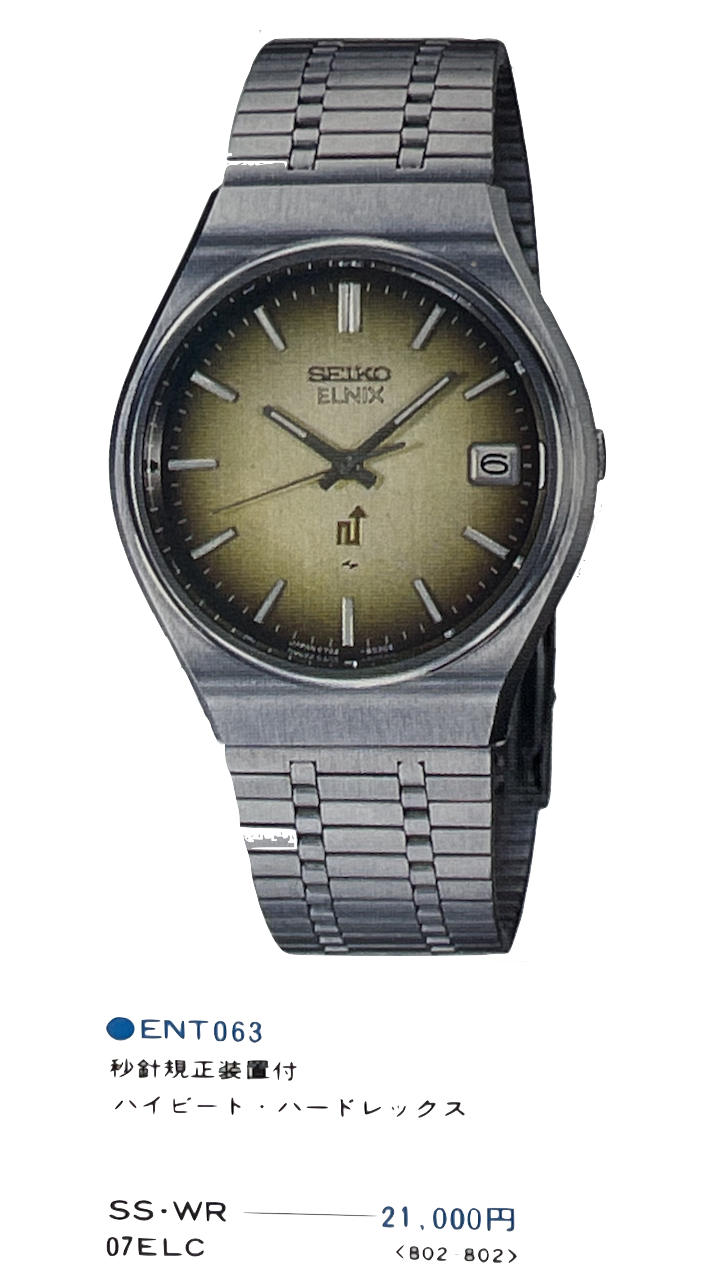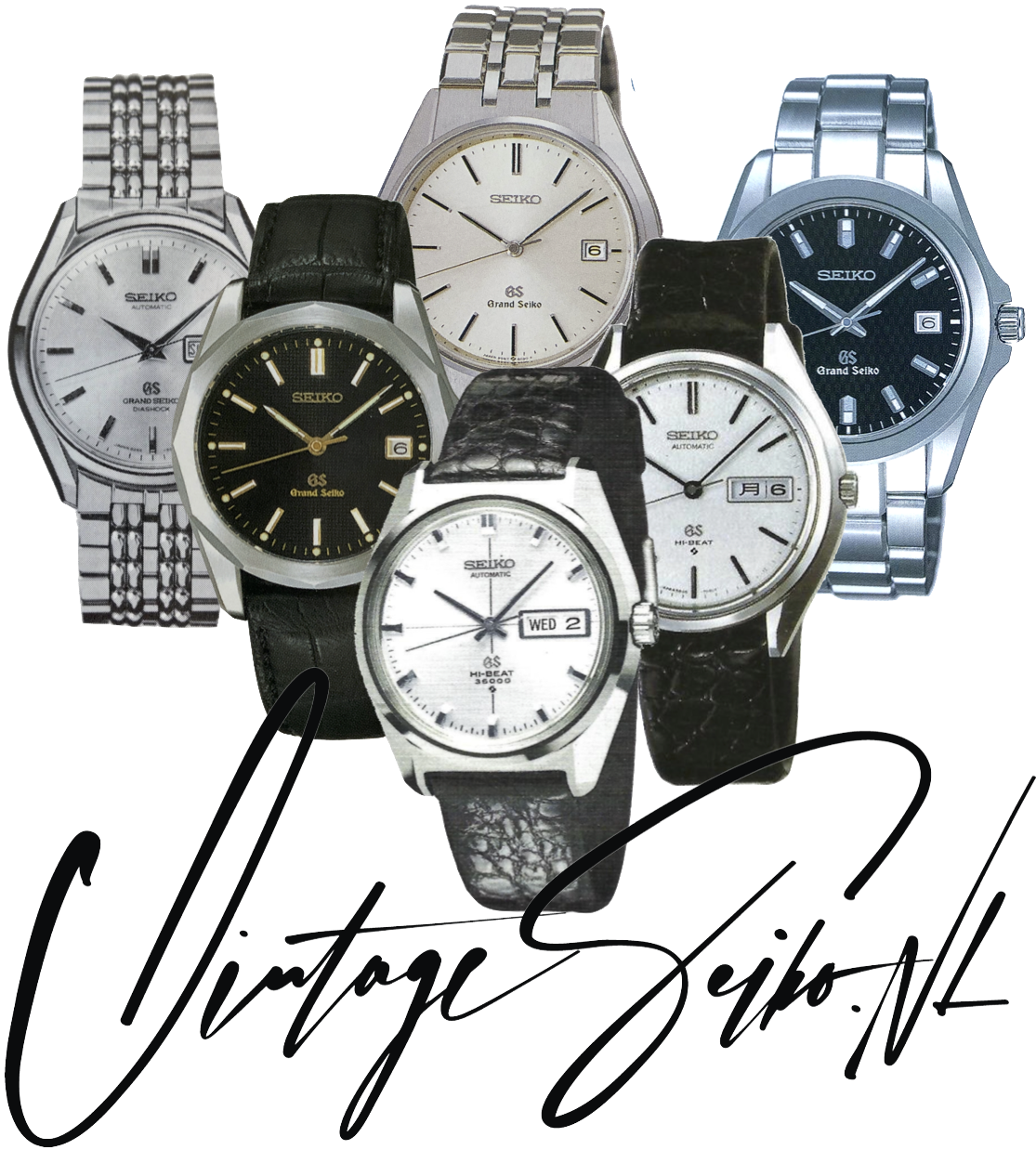
Seiko Elnix 0702-8020 - high beat
€ 535.00
Only 1 remaining
| About | Details | and then some |
|---|---|---|
| Manufacture | Seiko | Elnix |
| Model reference | ENT063 | 0702-8020 |
| Movement | Electronic, SR44SW ~357 (battery) | 28.800bph |
| Caliber | 0702 | |
| Dial | Brown Gradient | |
| Case | 37x43x12mm | Steel |
| Lugs | 18mm | |
| Bracelet | XBA230 | 18,5cm |
| Crystal serial # | Unknown | Hardlex |
| Timegrapher | Accuracy: as rated | |
| Jewels | 9 | |
| Serial # | 50xxxx | Production: 1975-10 |
| Condition | Excellent | |
| Service | Battery 2023-06 | |
| Box & Papers | No box | No papers |
In the short period between 1957 and the mid 1970s Electric Watches reigned. Seiko had five series of these movement calibres, with the Elnix marked as the last Emperor; the most advanced and last transistorized electric watch.
The history of transistorized electric watches represents a pivotal moment in the evolution of timekeeping technology. Before quartz-controlled movements took the spotlight, electric watches emerged as a promising solution to enhance accuracy and reliability in timepieces.
From the late 1950s to the mid-1970s, the era of transistorized electric watches dawned, introducing a departure from traditional mechanical movements. These watches integrated electronic components, particularly transistors, into their mechanisms, offering a new approach to regulating time. Unlike their mechanical counterparts reliant on intricate gears and springs, electric watches harnessed the power of electronic circuits fueled by batteries.
Among the pioneering examples was the Hamilton Electric, launched by the Hamilton Watch Company in 1957. This groundbreaking timepiece featured an electrically powered balance wheel controlled by a transistorized circuit, revolutionizing conventional watch mechanisms.
Transistorized electric watches brought several advantages over mechanical ones, boasting enhanced accuracy and reliability thanks to precise electronic regulation. Furthermore, they eliminated the need for manual winding, operating consistently on battery power.
A significant milestone in this era was the development of the tuning fork movement, notably exemplified by Bulova's Accutron line of watches. The Accutron utilized a vibrating tuning fork regulated by electronic circuitry to achieve superior accuracy, foreshadowing the rise of quartz-controlled movements.
However, despite their advancements, transistorized electric watches were eventually overshadowed by the emergence of quartz technology in the 1970s. Quartz watches, driven by the oscillations of quartz crystals, offered even greater precision and efficiency, leading to their widespread adoption and relegating electric watches to a niche market.
Nevertheless, transistorized electric watches remain noteworthy milestones in horological history, paving the way for future innovations. Among them, Seiko's Elnix series stands out as a pinnacle of this era, representing the most advanced and final transistorized electric watches produced.
Equipped with features like a day-date function and a smooth sweeping second hand, the Seiko Elnix transcended the boundaries of traditional mechanical watches. Powered by the 16-jewel 0703A movement and a 1.55-volt silver oxide battery, it boasted impressive specifications, rivaling those of chronometers, because the watch under consideration operates at a frequency of 4 Hz with an amplitude of 8 beats per second or 28,800 bph.
Despite the presence of a balance wheel, Seiko Elnix watches should not be confused with mechanical, quartz-controlled or tuning fork movements. They hold a special place in horological history, with many still cherished by collectors for their historical significance and innovative engineering.
